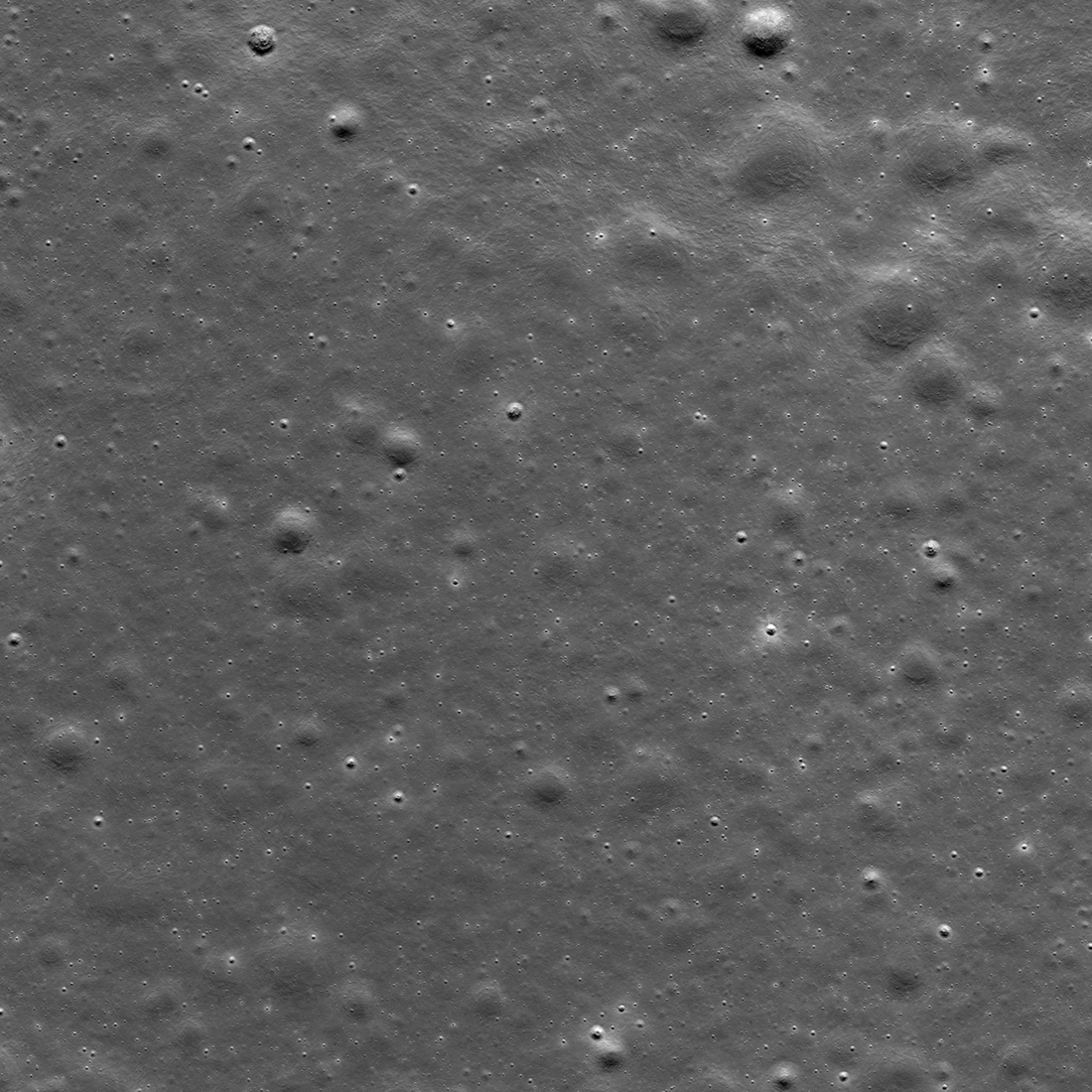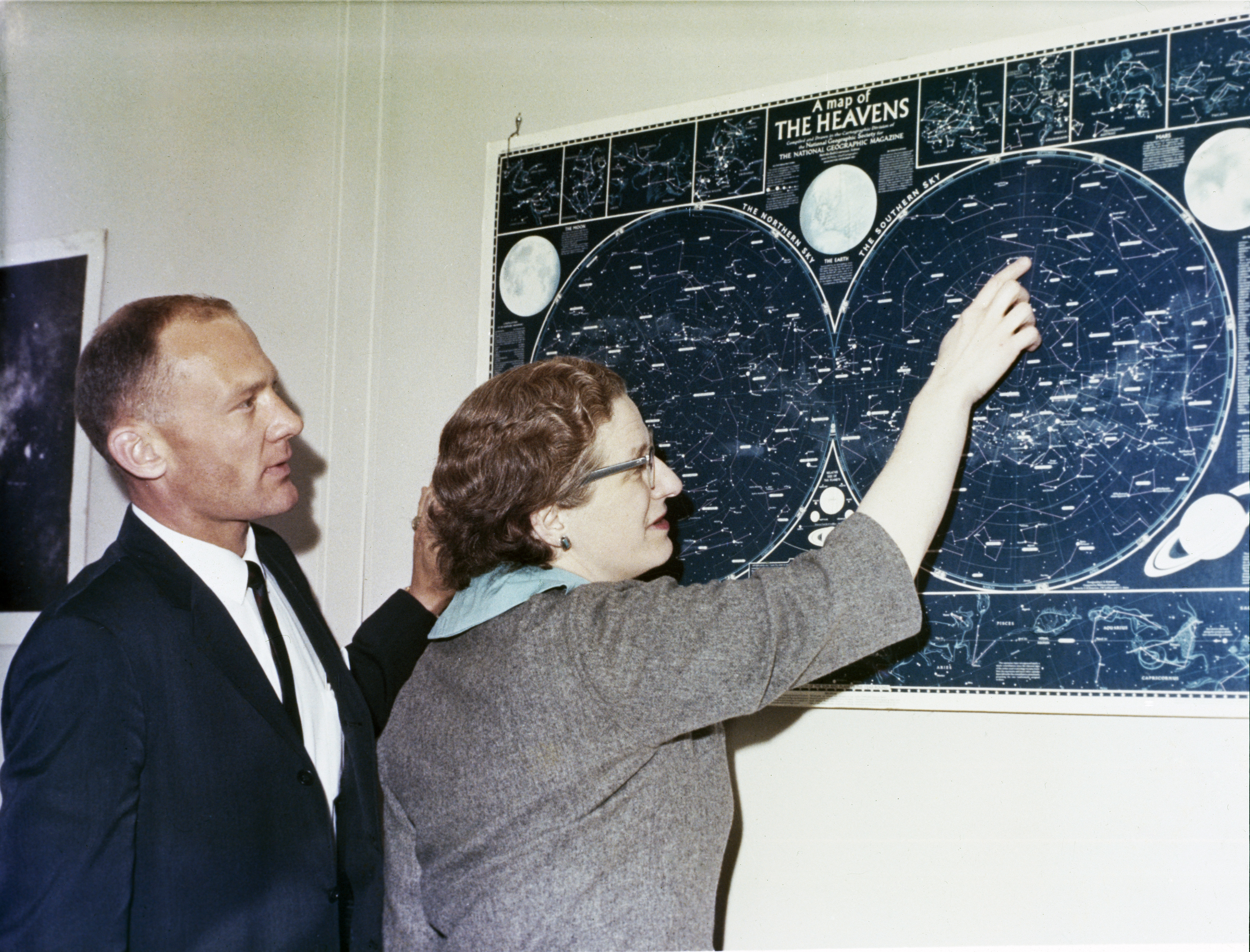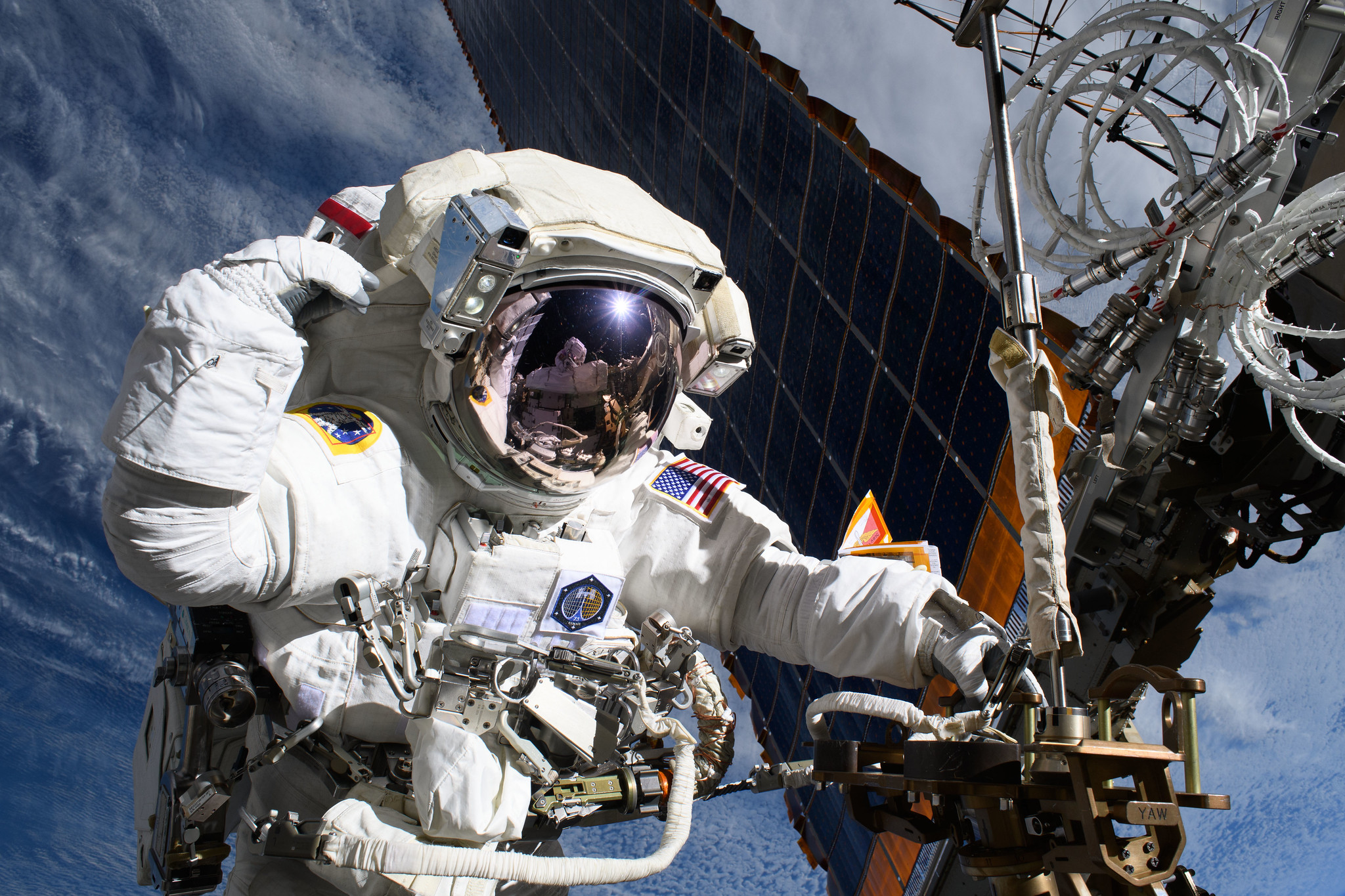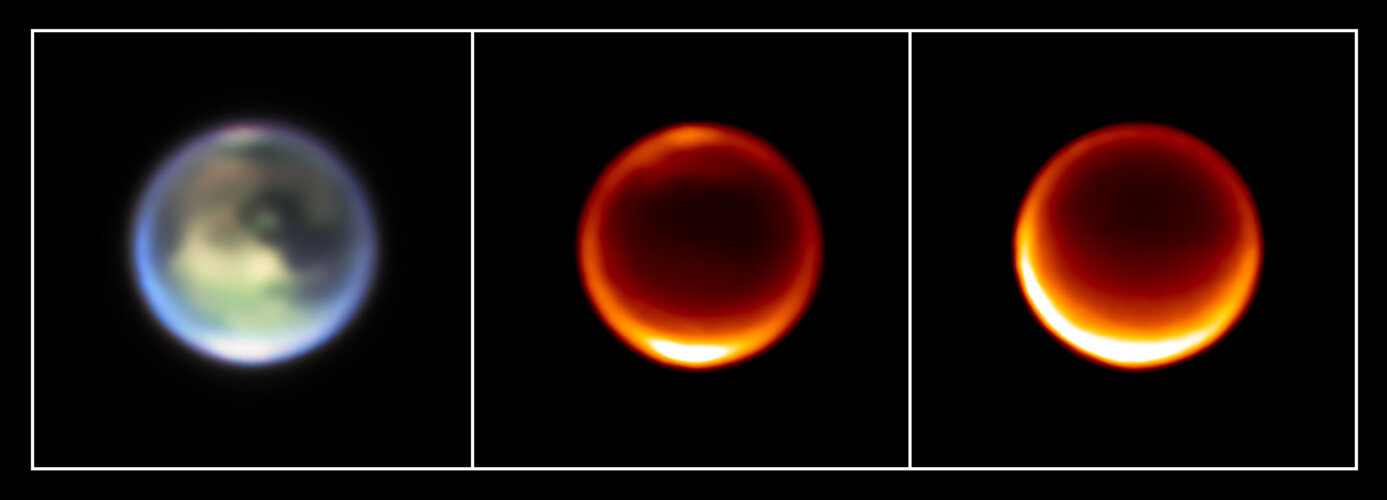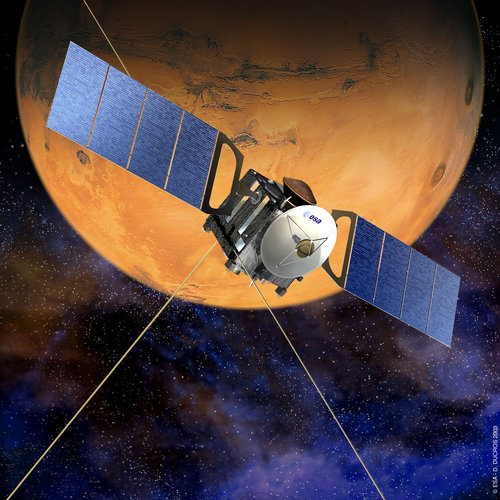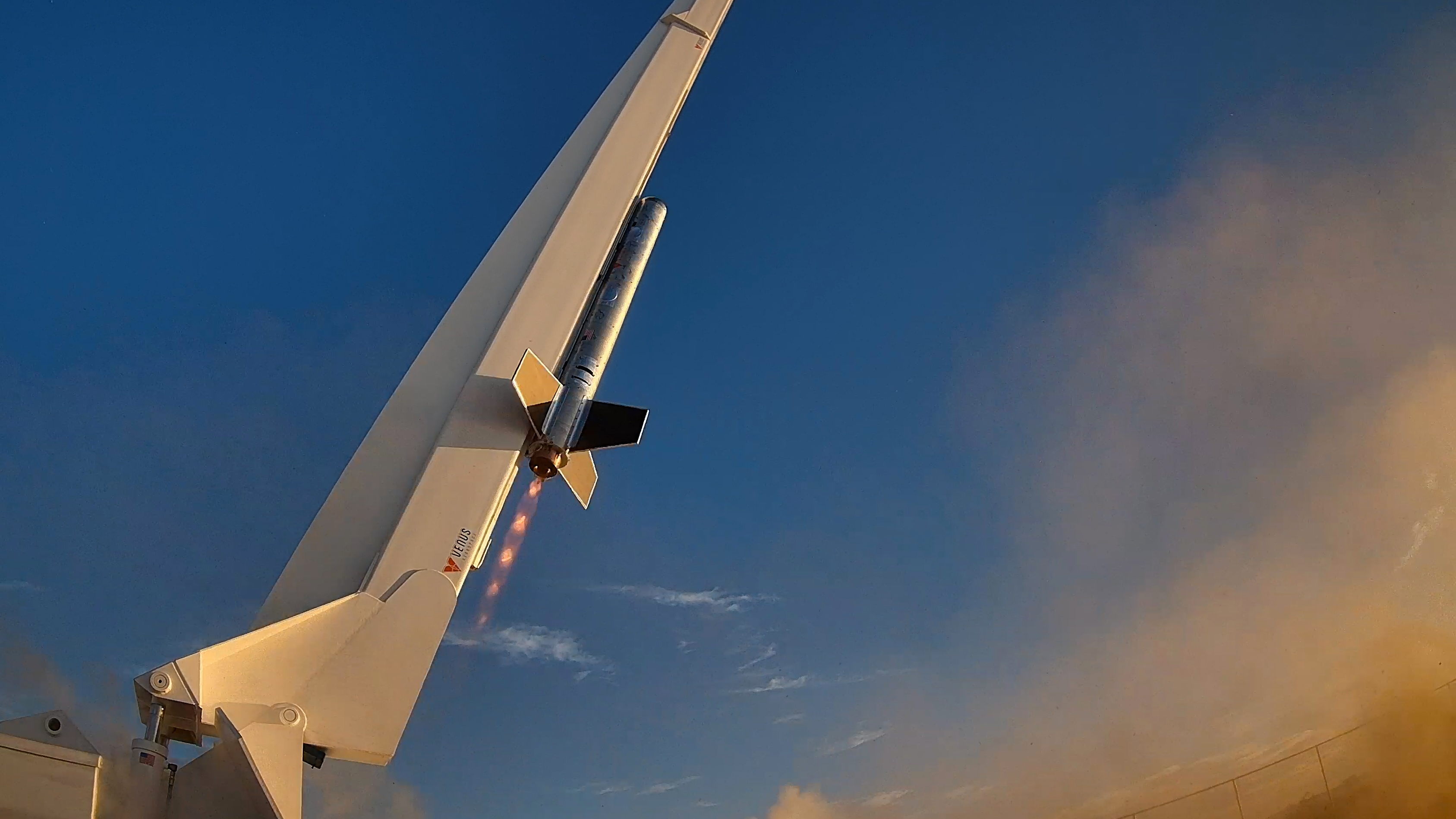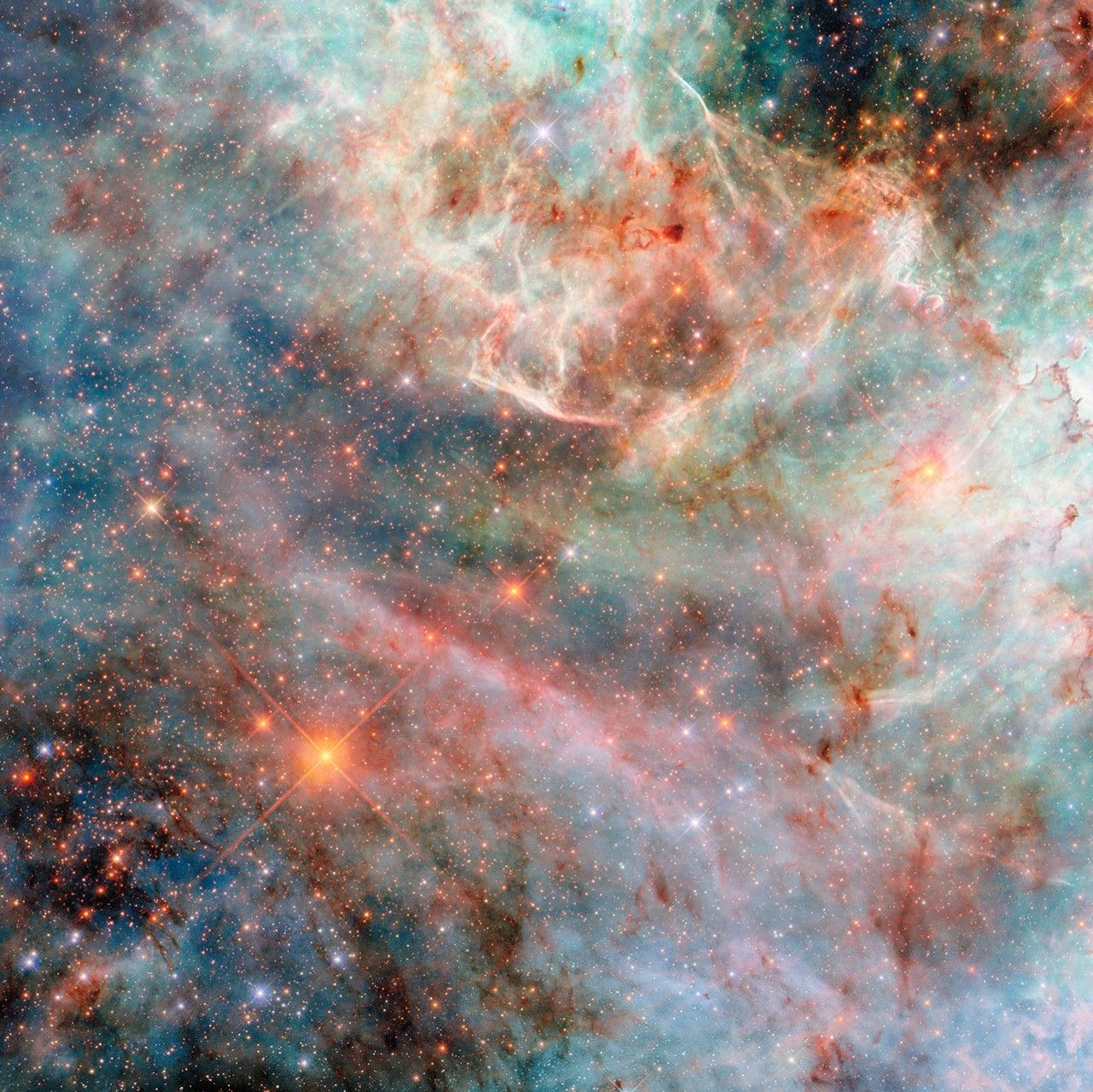NASA’s LRO Views Japan’s RESILENCE Lunar Lander Landing Area
NASA’s Lunar Reconnaissance Orbiter Camera (LROC) imaged the landing area of the ispace SMBC x HAKUTO-R Venture Moon Mission 2 RESILIENCE lunar lander which is slated to land on the surface of the Moon no earlier than June 5, 2025 (UTC). This view of the primary landing area is 3.13 miles (5,040 meters) wide and north is up. […].
